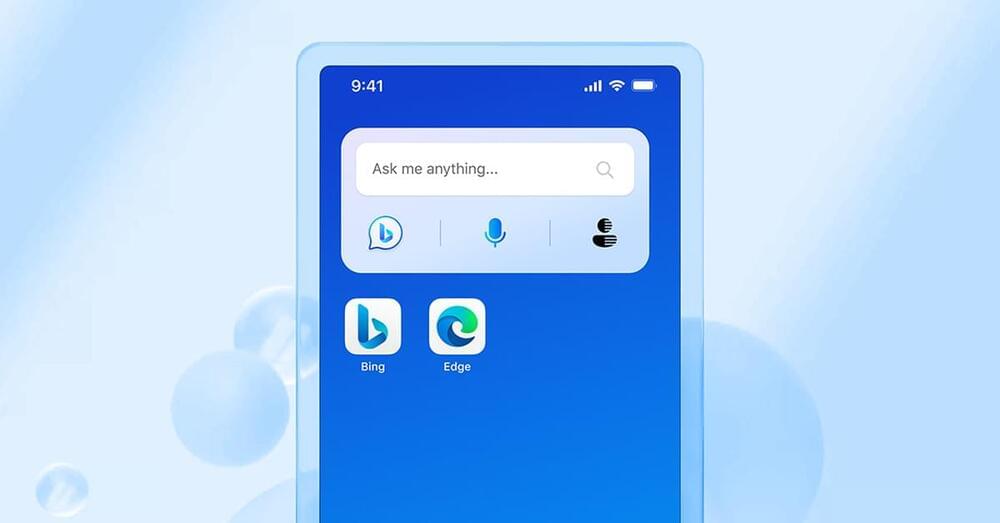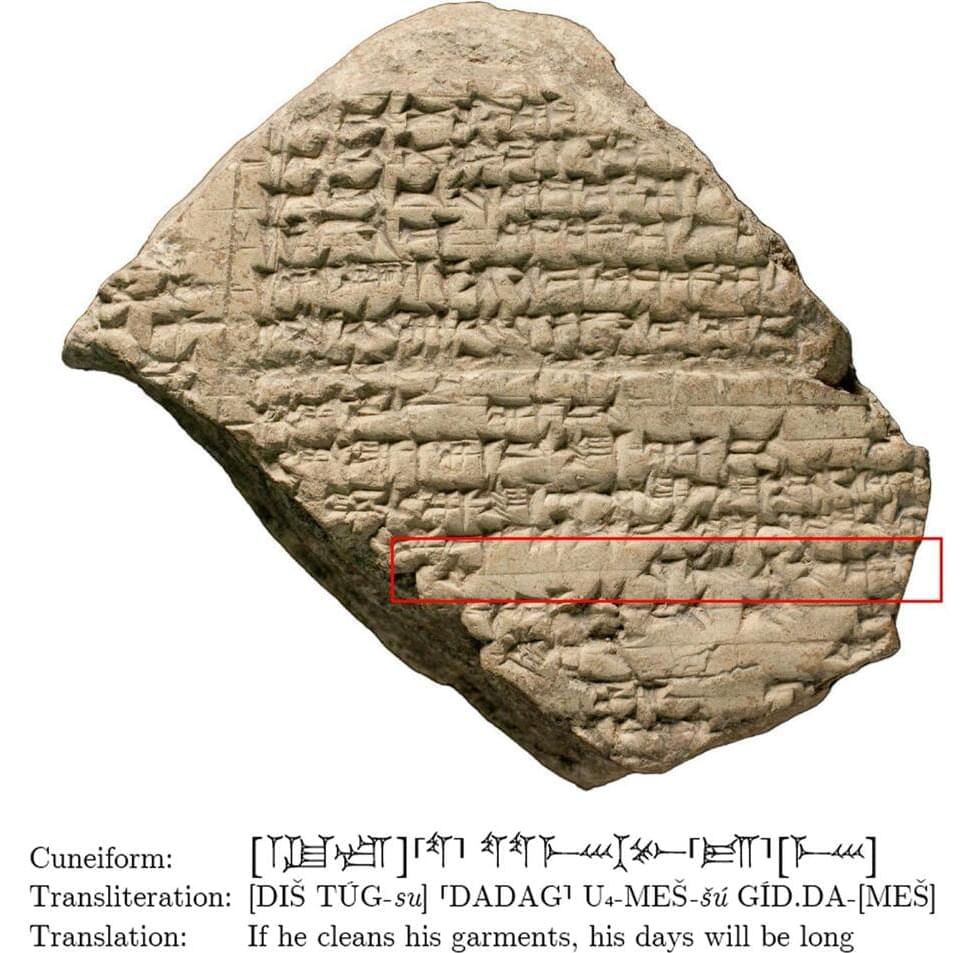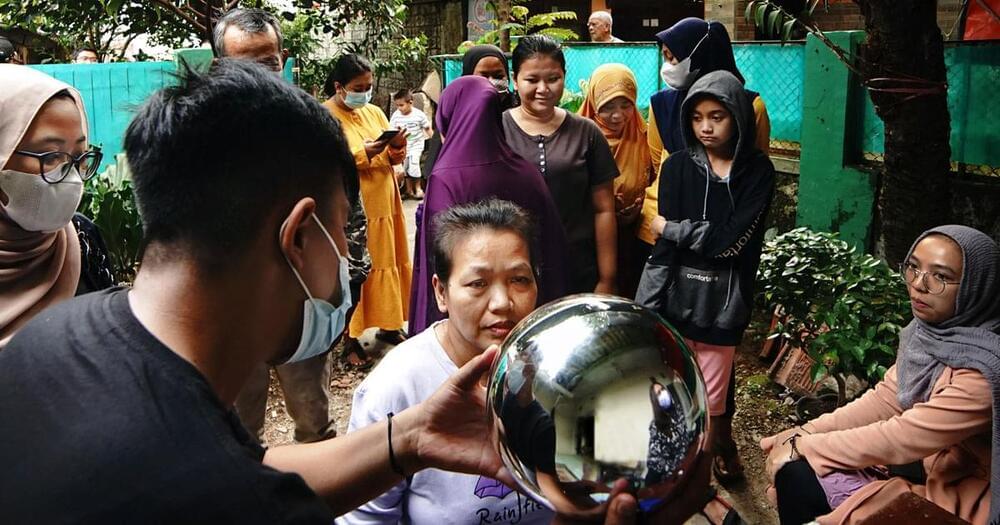Amazon researchers draw inspiration from finite-volume methods and adapt neural operators to enforce conservation laws and boundary conditions in deep-learning models of physical systems.
Category: robotics/AI – Page 1,181

Waterloo engineers task AI robot to help people with dementia
Harnessing the power of Artificial Intelligence to help patients keep track of their medicines, glasses, and even their keys.
It is estimated that the number of people with dementia will significantly increase in the coming years, with some estimates projecting numbers to double in the United States by 2050.
One of the ramifications of dementia, amongst many, is the loss of memories, especially episodic memories. These are of a long-term nature and allow us to recall instances ranging from “How was my first day at school” to sensory information such as “What did I see” and “How did it smell.”

Microsoft’s Bing Chat gets deeper Edge mobile integration, a widget, and much more
Microsoft only just announced a round of new updates to its GPT-4-powered Bing Chat earlier this month, and it’s back today with some big improvements for mobile users. Just days after Google rebranded its AI tools for Docs and Gmail as Duet AI, Microsoft is now focused on mobile with contextual chat for Edge mobile, a Bing widget for iOS and Android, and even continuous Bing Chat conversations between mobile and desktop.
These new mobile-first features arrive just as Microsoft finishes rolling out its new image and video answers, restaurant bookings, and chat history features that were all announced earlier this month. Microsoft only launched Bing Chat nearly 100 days ago, and it’s showing no signs of slowing down with its AI announcements.
Starting today, you’ll now be able to start a Bing Chat conversation on a PC and then pick it up on mobile. Microsoft uses the example of asking Bing Chat to create a recipe for you on a PC and then asking it to provide a substitute on the mobile app when you’re at a grocery store and they’ve run out of an ingredient. This is starting to roll out today and will be available to all iOS and Android users within the next week.
ChatGPT rival Claude AI can comprehend an entire book in seconds
ChatGPT’s capabilities in comparison are miniscule even when using GPT-4.
Claude AI, the ChatGPT-rival from Anthropic, can now comprehend a book containing about 75,000 words in a matter of seconds. This is a huge leap forward for chatbots as businesses seek technology that can churn out large pieces of information quickly.
Since the launch of ChatGPT, we have also seen companies such as Bloomberg and JP Morgan Chase look to leverage the power of AI to make better sense of the finance world. While this process has taken them at least a few months, Anthropic, with its Claude AI, can reduce the time taken to just a few seconds.

Researchers in Israel Are Using A.I. to Translate Fragments of Ancient Cuneiform Text Into English
😗
The researchers are calling it a major step in the preservation of the cultural heritage of Mesopotamia.
Artnet News, May 15, 2023.

Automation that Works with You
Changing this dynamic requires not just new technology, but a different way of thinking about automation. Real worksites have clutter, traffic, patchy wifi, and a host of other routine inconveniences that serve as barriers tor automation. And real people have real jobs to do—requiring training, institutional knowledge, prioritization, collaboration, and other skills that are impossible to automate.
Automation tools need to be dynamic to add value and act as an extension of these teams, fitting into their current workplace, amplifying their expertise, going places they can’t, and completing tasks they don’t have time for. In short, making their jobs easier, not more complicated.
Microsoft Says New A.I. Shows Signs of Human Reasoning
When computer scientists at Microsoft started to experiment with a new artificial intelligence system last year, they asked it to solve a puzzle that should have required an intuitive understanding of the physical world.
“Here we have a book, nine eggs, a laptop, a bottle and a nail,” they asked. “Please tell me how to stack them onto each other in a stable manner.”
The researchers were startled by the ingenuity of the A.I. system’s answer. Put the eggs on the book, it said. Arrange the eggs in three rows with space between them. Make sure you don’t crack them.


OpenAI CEO Raising $100 Million to Scan Every Eyeball on Earth
😀 😍
Sam Altman, the CEO of OpenAI, apparently has more up his sleeve than bringing about the AI apocalypse.
As the Financial Times reports, Altman is in advanced talks to secure around $100 million for Worldcoin, another of his ventures.
Worldcoin’s promise is hazy at best, but seems to involve scanning everybody’s eye and giving them some amount of crypto. The project’s verbiage invokes OpenAI’s vision of powerful automation that will lead to an era of plenty, promising it will usher in a “path to AI-funded UBI.”
